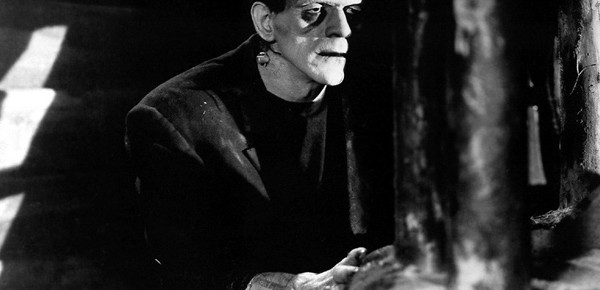
Assembling The Cambridge Companion to Frankenstein raised some interesting questions at the developmental stage about the type of coverage that students would find helpful. Frankenstein is a novel that is taught in a variety of contexts and courses, including modules on Romanticism, the Gothic, science fiction and gender studies, amongst many others. It is also a novel which has been adapted for stage, television and film and exists in many graphic novel incarnations. It was felt that the volume should embrace the diverse ways in which the novel is studied and that this should be reflected in the very diverse range of topics that contributors could explore. To that end I solicited contributions which would fall into three sections, the first on the historical and literary contexts of the novel includes chapters on the publication history of the 1818, 1823, and 1831 versions, the novel’s literary contexts, its engagement with Romanticism, the political climate of the time, and scientific developments. The second section, on theories and forms, examined how different types of literary theory might be productively applied to Frankenstein. To that end contributors variously explored how ecocriticism, queer theory, models of race, gender and accounts of the posthuman might be applied to the novel. In acknowledgement of the novel’s continuing cultural significance a final section on adaptations explored Frankenstein’s afterlives including nineteenth century stage productions, film, literary rewritings, graphic novels and adaptations aimed at young readers (including Frankenstein Makes a Sandwich [2006]). Taken as a whole, the Companion gives an overview of scholarship on the novel, but also seeks to advance our understanding of the complexities of Frankenstein which should extend the pedagogic reach of the novel as well as interpretations of it.
I was fortunate enough to attract a stellar team of contributors to the volume who were a genuine delight to work with. The chapters reflect their expertise and each of them has thoughtfully reached out to guide what may be new readers to the novel through the complexities involved in reading it and its cultural progeny. Sadly one of the contributors, Diane Long Hoeveler, passed away before the book was published. Diane was a very well respected scholar and much loved person, and it is to her memory that the book is dedicated.
It is somewhat fortuitous that the book should be published in 2016, the bicentenary year of the ghost story competition at the Villa Diodati which inspired Mary Shelley to write Frankenstein. 200 years on and, as this Companion demonstrates, the novel still speaks to us.
Latest Comments
Have your say!